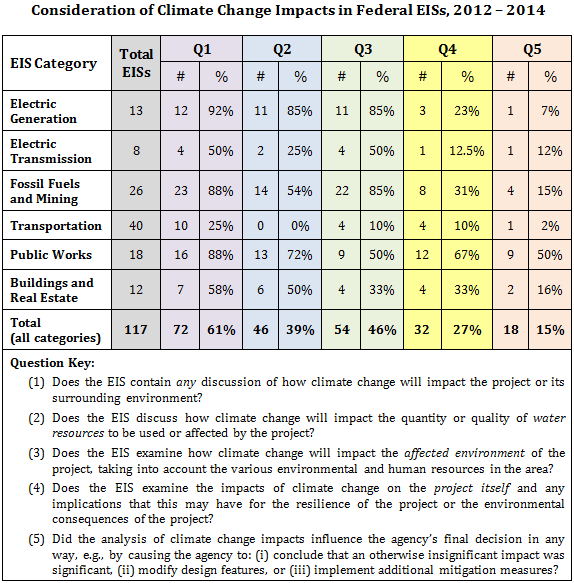On June 25, 2013, President Obama delivered a major speech on the topic of climate change. In it he outlined a broad policy agenda aimed at addressing the challenges posed by the changing climate. The agenda, detailed in The President’s Climate Action Plan, relies almost entirely upon executive powers; Congress is not even mentioned in the text.
The diverse policy initiatives taking place under the rubric of the six-month-old Climate Action Plan are complex in their design, potentially significant in their impact, and not consistently publicized in their implementation. For these reasons, today Columbia Law School’s Center for Climate Change Law is launching the President’s Climate Action Plan Tracker. This new resource, accessible today on the Center’s website, details all the goals established in the Climate Action Plan and provides information on the Obama administration’s work towards their achievement. Like the Climate Action Plan itself, the Tracker will remain a work in progress for the foreseeable future and readers should assume that the information found there may be incomplete. (For that reason, we carefully note when each section was last updated and whether it should be considered “under construction.”) We invite readers to send additional information or documents for inclusion to daniel.holt@law.columbia.edu.
The Climate Action Plan presents three policy “pillars.” The first pillar, “Cut Carbon Pollution in America,” describes policies aimed at combatting the causes of climate change, principally by cutting carbon dioxide emissions. The second pillar, “Prepare the United States for the Impacts of Climate Change,” lays out initiatives intended to help prepare the United States to weather the likely impacts of climate change in the coming years, recognizing that human activity has already begun to change Earth’s climate and that further change is unavoidable, even under the most optimistic of scenarios. Lastly, the third pillar, “Lead International Efforts to Address Global Climate Change,” pledges the United States to work with other nations to mitigate the causes of climate change, adapt to changes that cannot be avoided, and shift to sustainable environmental and energy policies.
The most prominent of the initiatives in the Climate Action Plan aims to use Section 111 of the Clean Air Act to limit greenhouse gas emissions from coal and other fossil-fueled power plants. These facilities account for around 40% of all carbon pollution in the United States. In a Memorandum for the Administrator of the Environmental Protection Agency issued on the day he announced the Climate Action Plan, the president instructed EPA to craft and finalize two sets of rules, the first to limit emissions from new power plants, the second to limit those from existing plants. By the end of September, EPA had issued a proposed carbon pollution standard for new power plants and scheduled a series of “listening sessions” to hear ideas from the public about how best to design guidelines for reducing emissions from existing plants.
Our Climate Action Plan Tracker will continue to follow the Administration’s progress as it implements this and the other components of the Climate Action Plan in the coming months and years.



